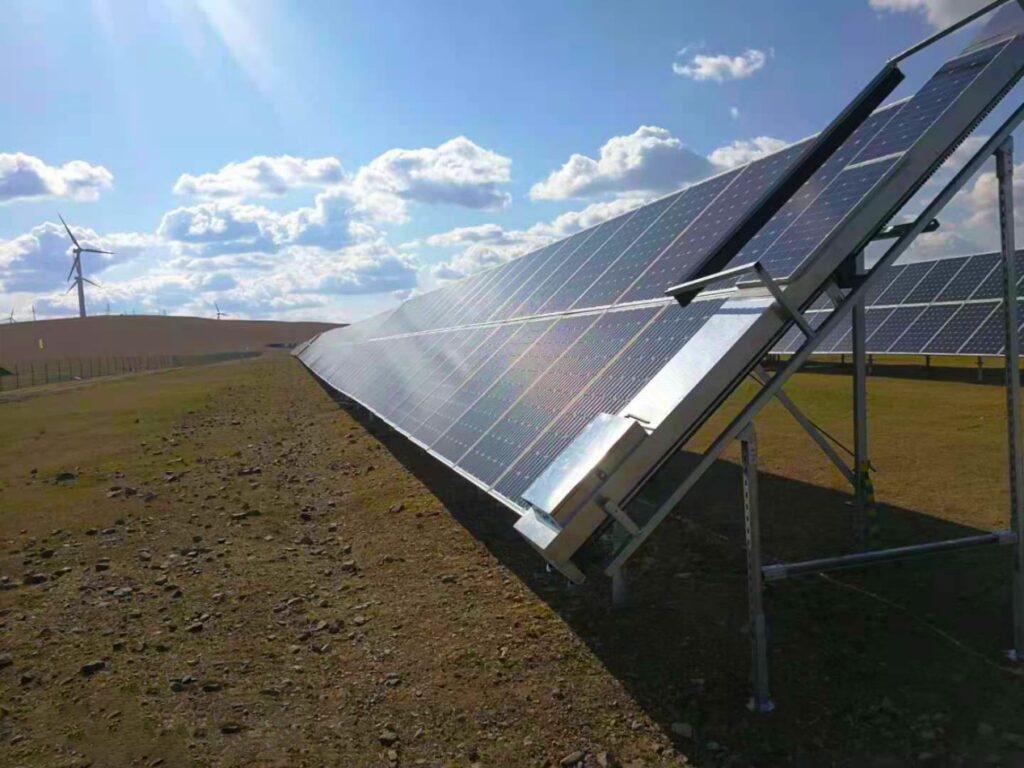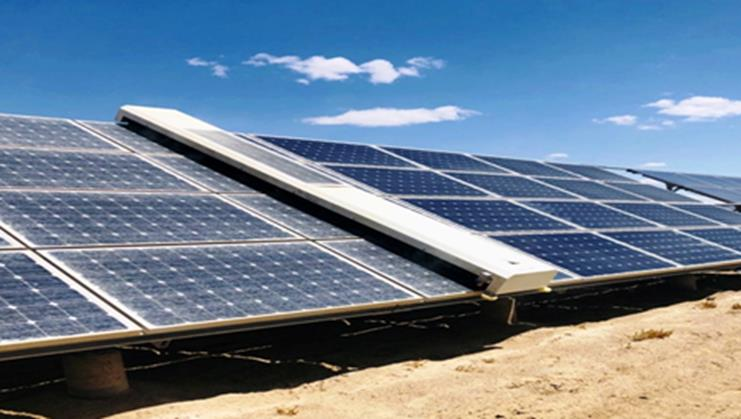The solar power plants in Syria face persistent challenges due to dust accumulation, significantly reducing electricity generation efficiency. Furthermore, water scarcity and the risks associated with high-altitude work make traditional cleaning methods impractical. Leveraging technology from todos-china.com, our fully automated solar panel cleaning robot solution utilizes a waterless dry sweeping technique, smart environmental adaptation, and localized support systems to enhance energy efficiency by 10-65%, while reducing long-term operational and maintenance costs by over 80%.

Core Design: Adapting to Syria’s Unique Environment
In response to Syria’s arid, dusty climate with significant diurnal temperature variations (-30°C to 70°C), we have developed a waterless dry sweeping solar panel cleaning system with IP65 protection rating. Its spiral brush head is made from ultra-flexible modified nylon (PA610), effectively removing dust at adjustable speeds of 60-120 RPM, while avoiding scratches on the photovoltaic glass. The solar panel cleaning robot is equipped with 4G remote monitoring and breakpoint continuation capabilities, enabling it to automatically resume operation after extreme weather events like dust storms. Achieving a cleaning coverage rate of over 99%, it greatly surpasses the timeliness and thoroughness of manual cleaning.
Our solar panel cleaning system utilizes a combination of a 24V/16Ah battery and a 55W photovoltaic panel to ensure self-charging under Syria’s ample sunlight, covering a cleaning distance of 1600-3000 meters on a single charge. The specially optimized obstacle crossing ability (≤22°) allows it to adapt to uneven surfaces, addressing issues such as component micro-cracking and rooftop leaks common with traditional manual cleaning.
Economic Benefits: 15-Year Cost Comparison
Taking a 1MW solar power plant in Syria as an example (utilizing 1818 units of 550W panels), traditional manual cleaning incurs costs as high as $1,363.5 to $7,272 per cleaning session. If cleaning occurs four times a year, the total cost over 15 years can reach $81,810 to $654,480. In contrast, the robotic cleaning solution requires only three devices (initial investment of $10,000 to $20,000), resulting in a total operational cost over 15 years that is less than one-fifth of manual methods. With a conservative estimate of a 20% increase in generation efficiency, this solar panel cleaning robot solution can generate an additional annual revenue of approximately $48,000 for the power plant (based on the average electricity price in Syria of $0.08 per kilowatt-hour), shortening the return on investment period to just 2-3 years.

Intelligent Management and Localized Support
The solar panel cleaning system is supported by the Todos Smart Cloud Platform, which can automatically generate cleaning reports, alert for anomalies, and remind users for consumable replacements. Technicians can remotely diagnose issues via a mobile app. Considering the operational conditions in Syria, our solution offers lifetime software upgrades and localized technical training, ensuring that power plant personnel can independently perform daily maintenance. For remote border plants, optional satellite communication modules can replace 4G networks to achieve comprehensive monitoring.
Implementation Recommendations
We recommend prioritizing pilot deployments of the solar panel cleaning robot in large solar power plants in Aleppo and Homs, adjusting cleaning frequency dynamically based on dust intensity (automatically starting within 24 hours after a dust storm). For smaller distributed plants, hybrid cleaning robots (which support both dry sweeping and water washing) can be selected to further enhance cleaning efficiency under limited water availability.
This “one-time investment, lifetime benefits” cleaning model not only resolves operational bottlenecks in Syria’s photovoltaic industry but also provides a technical template for sustainable development of renewable energy in the Middle East. Amidst the dual pressures of energy scarcity and environmental protection, intelligent robots are becoming a crucial point of transition for solar power plants from “passive dust removal” to “proactive efficiency enhancement” through advanced solar panel cleaning systems.